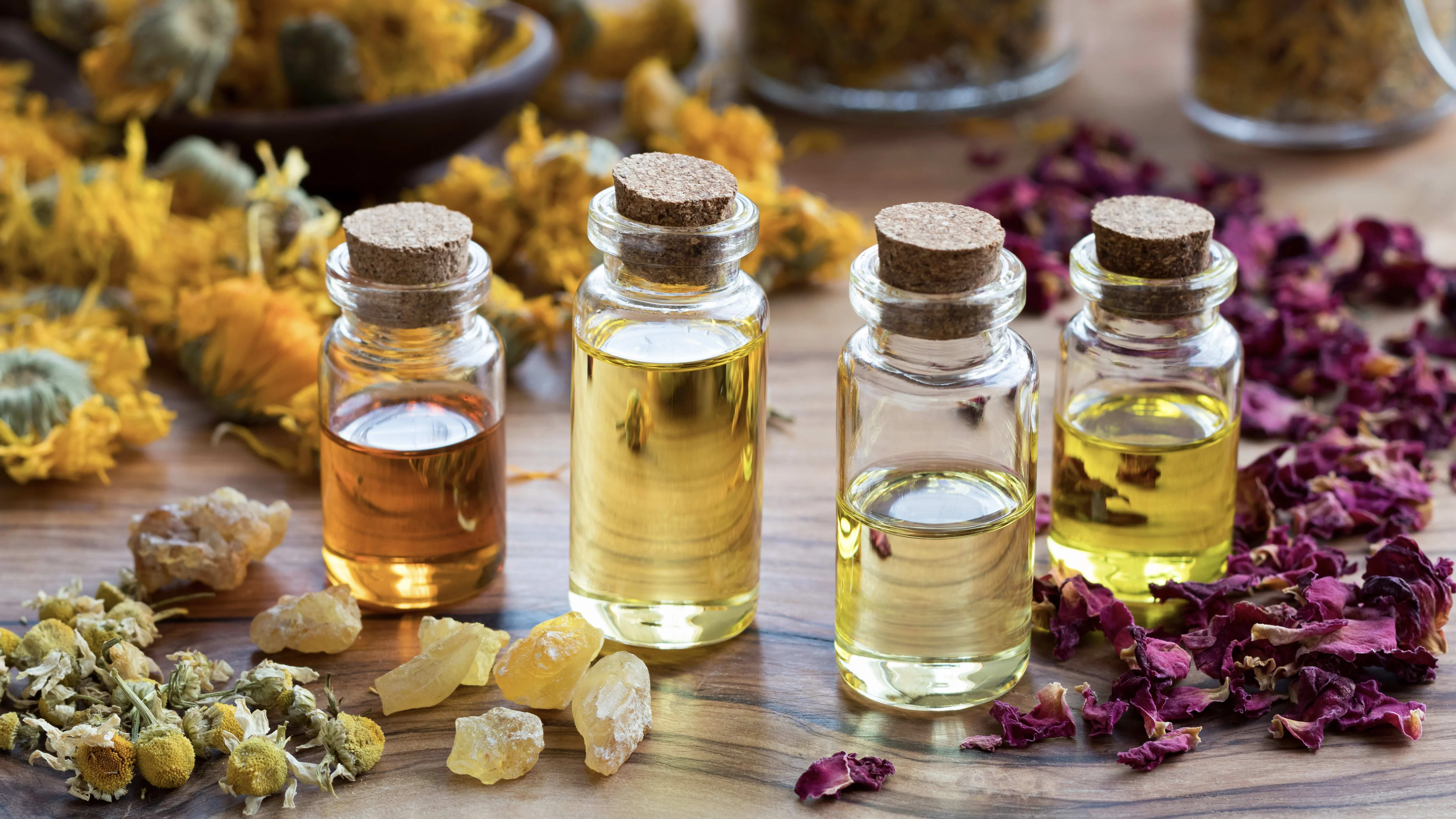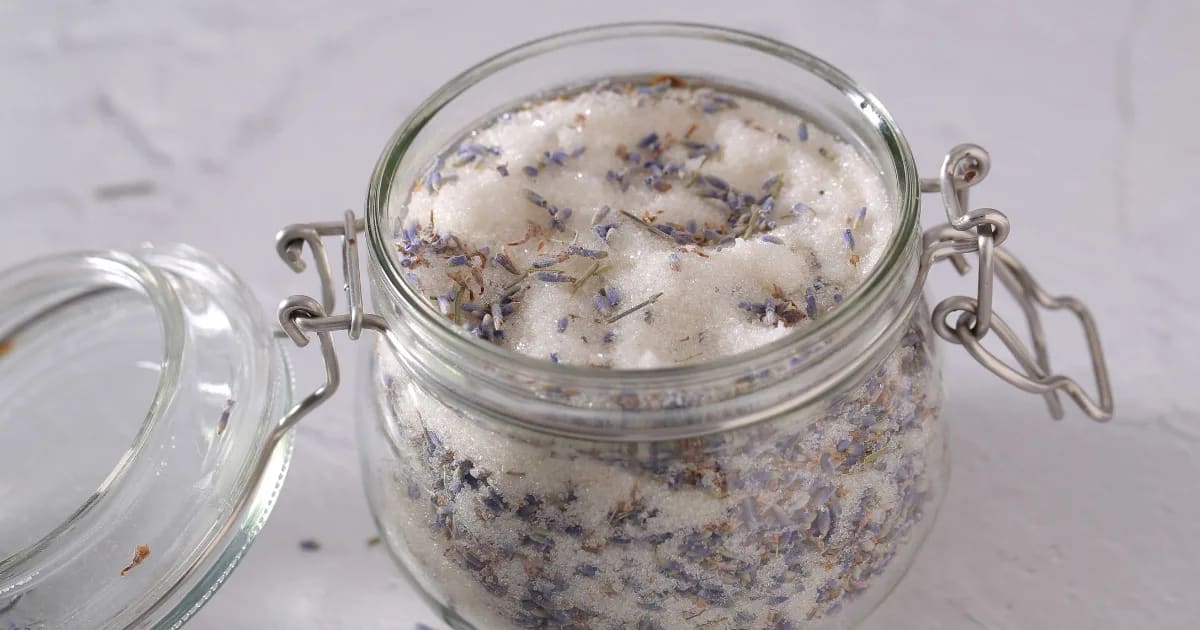Inhaler Recipe: Anise + Citrus Oils for Colds

Staying healthy during cold and flu season calls for some seriously effective essential oils.
Using citrus oils for colds is an excellent choice!
Citrus essential oils are rich in a natural component called d-limonene, which has been well-researched. We know it can support white blood cells, calm inflammation, and even reduce the presence of certain microbes.
Thanks to d-limonene, citrus oils can help
your respiratory system stay healthy.
They're especially helpful for clearing out blockages to your breath.
Citrus oils and d-limonene have also been studied for their mood-boosting effects. Use these oils when you want to soothe physical or emotional stress—which can definitely both be present if you're dealing with a cold (or the flu, or even allergies).
Using citrus oil inhalers for colds
This recipe is for a citrusy cold care inhaler.
I love using inhalers for colds and other respiratory issues because they deliver the essential oils (and, in this case, d-limonene) right to the "scene of the action" in your nose!
Inhalers are also convenient.
They're about the size and shape of a tube of lip balm, so your inhaler will fit right in a pocket or a bag, or wherever you'd like to stash it. You can take it out and use it anytime, anywhere. No one smells the essential oils but you.
Citrus & Anise Inhaler for Colds
Open your breath and soothe physical and emotional stress with this inhaler.
Ingredients
4 drops Bergamot essential oil (Citrus bergamia)
4 drops distilled Lime essential oil (Citrus aurantifolia)
4 drops Orange essential oil (Citrus sinensis)
3 drops Anise essential oil (Pimpinella anisum)
Equipment
Blank inhaler with a cotton or polyester wick
Directions
Slide the wick into the inhaler.
Drop the essential oils right onto the wick.
Snap the plastic bottom into place.
How to make an Aromatherapy inhaler
Never made an essential oil inhaler?
It's super simple!
Just slide the cotton or polyester wick into the inhaler's plastic sleeve, then drop your essential oils onto the wick. Snap the plastic bottom into place, and you're ready to inhale!
Andrea's recipe in the video below is for another cold & flu inhaler. Her recipe doesn't include any citrus oils, so it gives you a few more choices when you're blending for respiratory health. Any of those oils would work well as substitutes in this recipe and vice versa.
A hint of Anise essential oil for colds!
Anise adds its own inflammation-soothing touch to this inhaler thanks to its dominant component: trans-anethole.
Studies have also shown that trans-anethole can reduce inflammation and that it may be active against some viruses.
And Anise oil has a delicious licorice-like scent! In this inhaler recipe, it layers a lovely spicy-sweet scent beneath the bright citruses.
However, trans-anethole does have some safety considerations you should be aware of.
In Essential Oil Safety, Second Edition, Tisserand and Young recommend avoiding anise essential oil if you're pregnant, breastfeeding, or if you have endometriosis, estrogen-related cancer, or a bleeding disorder.
Anise is also contraindicated if you're on anticoagulant medications. It's too strong for sensitive skin and for children under 5 years old.
If you'd like to skip the Anise in this blend, go right ahead. The citrus oils are strong on their own!
You could also substitute the Anise with any of the essential oils Andrea uses in the YouTube recipe mentioned above.
Discover safe, natural solutions to prevent and quickly recover from colds & flu in our 3-hour workshop, Protect Your Family from Colds & Flu!
Learn how essential oils can support your family’s health and well-being, helping you stay well and providing much-needed relief when you’re feeling under the weather. You’ll learn which essential oils can help you prevent and recover from respiratory infections and gain a strong understanding of how and why they work.
REFERENCES
Hirota, R., Roger, N.N., Nakamura, H., Song, H.-S., Sawamura, M., and Suganuma, N. (2010) Anti-inflammatory effects of limonene from yuzu (Citrus junos Tanaka) essential oil on eosinophils. Journal of Food Science 75, 87-92.
Lima, N.G., de Souza, D.P., Pimenta, F.C., Alves, M.F., de Souza, F.S., (2012a) Anxiolytic-like activity and GC-MS analysis of (R)-(+)-limonene fragrance, a natural compound found in foods and plants. Pharmacology, Biochemistry and Behavior 103, 450-454.
Baylac, S. and Racine, P. (2003) Inhibition of 5-lipoxygenase by essential oils and other natural fragrant extracts. International Journal of Aromatherapy 13, 2/3, 138-142.
Lang, G. and Buchbauer, G. (2012) A review on recent research results (2008-2010) on essential oils as antimicrobials and antifungals. A review. Flavour and Fragrance Journal 27, 13-39.





